Sust-iron-able
Measurement and optimization of iron bioavailability in sustainably produced insect based foods: estimation of the nutritional potential as alternative dietary iron sources in human subjects
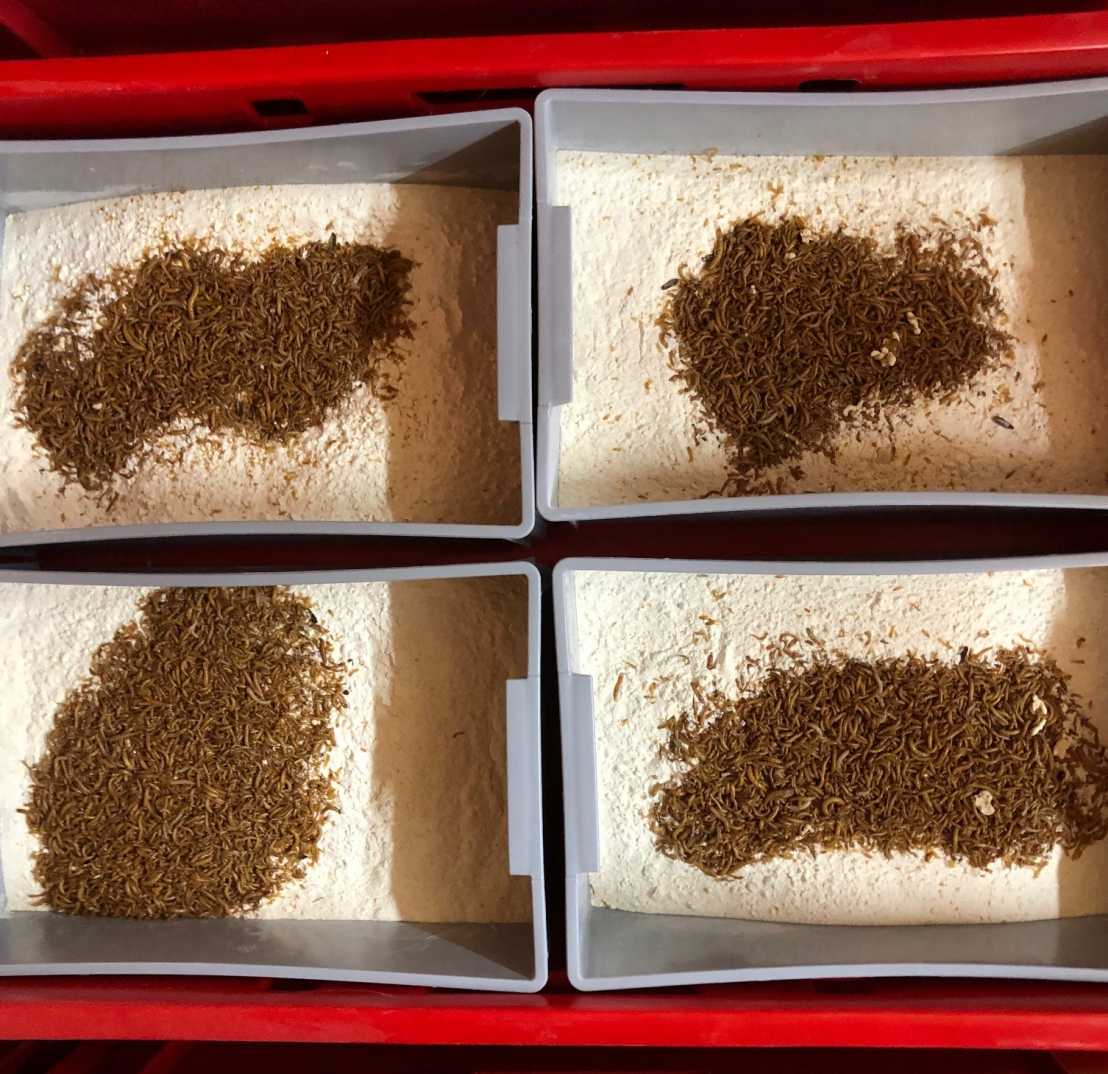
Project Start: 2019
Principal Investigator: Prof. Michael B. Zimmermann, Human Nutrition
Co-Investigators: Dr. Diego Moretti, FFHS; Prof. Jürg Grunder, ZHAW
Contact: Prof. Michael B. Zimmermann
To quantify the potential of different insect species as sources of highly-bioavailable dietary iron in humans, and to develop and test an insect-based food to maximize iron absorption and delivery.
Background: There is a need to develop viable ecological and nutritional alternatives to animal food products, such as meat and fish, in the face of the growing world population. However, in many societies, animal products (muscle tissue) are key dietary source of well-absorbed iron (plant products contain only poorly-absorbed non-heme iron), and iron deficiency and anemia remain highly prevalent in both high and low-income countries. Consumption of insects as foods is practiced in at least 113 countries worldwide and comprises more than 2000 species. Insects can be reared on food by-products such as wheat bran or spent grains, or plant by-products such as compost and wood. Insects for human consumption have a similar nutritional profile to meat or fish, are high in iron, and likely contain most of their iron in muscle tissues (e.g. as cytochromes) which could be highly bioa-vailable, and may also enhance non-heme iron absorption when consumed with plant-based foods. However, their potential as a dietary source of well-absorbed iron has, until recently, not been investigated. Our recent stable isotope studies in humans with adult crickets suggest the presence of an absorption inhibitor which lowers iron absorption from cricket iron in humans, as well as from plant food iron. Chitin, a major component of insect biomass, is a known iron binder and is likely responsible for the decreased iron absorption observed in our recent studies. Decreasing chitin content could allow the high amounts of iron in insects to be well-absorbed, and enhance the absorption of iron from plant-based foods.
Objective: To quantify the potential of different insect species as sources of highly-bioavailable dietary iron in humans, and to develop and test an insect-based food to maximize iron absorption and delivery.
Methods and research approach: Several approaches to reduce chitin level will be investigated (selecting low chitin insect species, enzymatic degradation, and physical removal of chitin). Insects will be intrinsically labelled with the stable (no radioactivity; entirely safe) isotope 57Fe. Iron bioavailability will be assessed in low and high chitin containing insect- and plant-based meals at the Human Nutrition Laboratory of the ETH Zurich (HNL). A registered insect species in Switzerland (Tenebrio molitor) will be investigated as well as a species capable on thriving on wood, known to contain negligible amounts of chitin (Xylotrupes gideon). Thus, we will investigate iron delivery from an established and readily implementable species, as well as an organism with an extremely high sustainability profile.
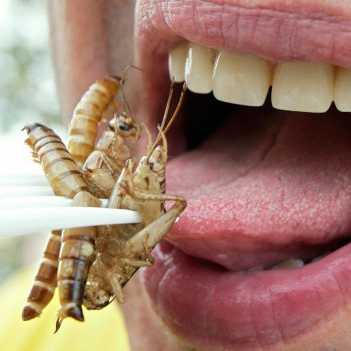
Doctoral Thesis, ETH Zurich (2023)
Novel Proteins and Edible Insects to Deliver Bioavailable Iron and Zinc to Humans by Hilaj, N.
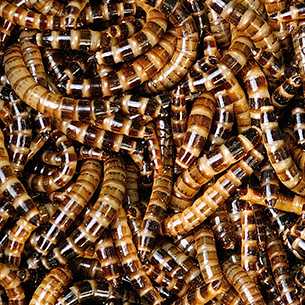
Publication in The American Journal of Clinical Nutrition (2022)
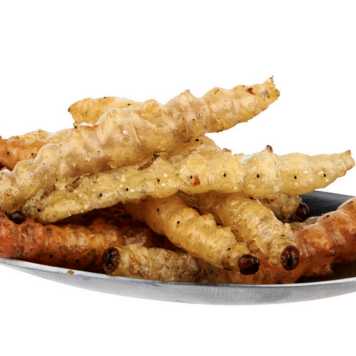
Publication in Current Developments in Nutrition (2021)
external page Measuring dietary iron absorption from edible Tenebrio molitor and assessing the effect of chitin on iron bioavailability: A stable iron isotope study in young women by Hilaj, N. et akl.
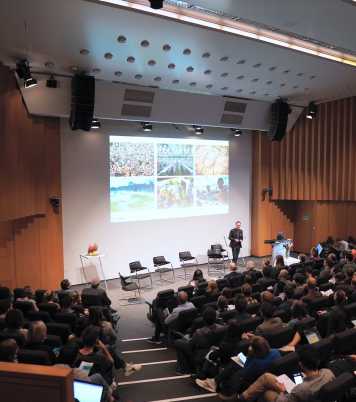
Presentation at World Food System Center Annual Symposium 2020
Download Measuring dietary iron absorption from mealworms in young women and assessing the effect of chitin on iron bioavailability: a stable isotope study (PDF, 815 KB) by N. Hilaj et al.
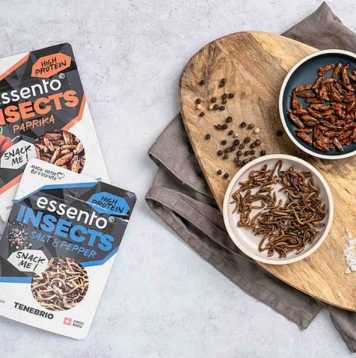
Feature on FFHS Swiss Distance University of Applied Sciences (2020)
external page Insekten auf dem Speiseplan, by Deborah Bischof
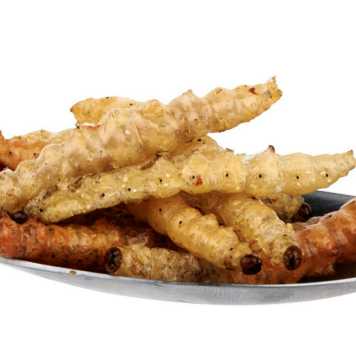
Got iron? Team at Fernfachhochschule Schweiz, ZHAW Zurich University of Applied Sciences & ETH Zürich investigating iron bioavailability in insect-based foods, looking for sources of sustainable dietary iron for humans. Project featured in FHHS news (in DE): external page https://www.ffhs.ch/de/ffhs/news/artikel/2020-06-23-50000-kaefer-arbeiten-fuer-die-ffhs-forschung
Poster presentation at World Food System Center Annual Symposium 2019
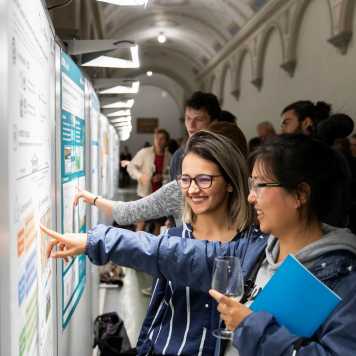
Download Measurement and optimization of iron bioavailability from sustainable produced insects (PDF, 314 KB) by N. Hilaj et al.